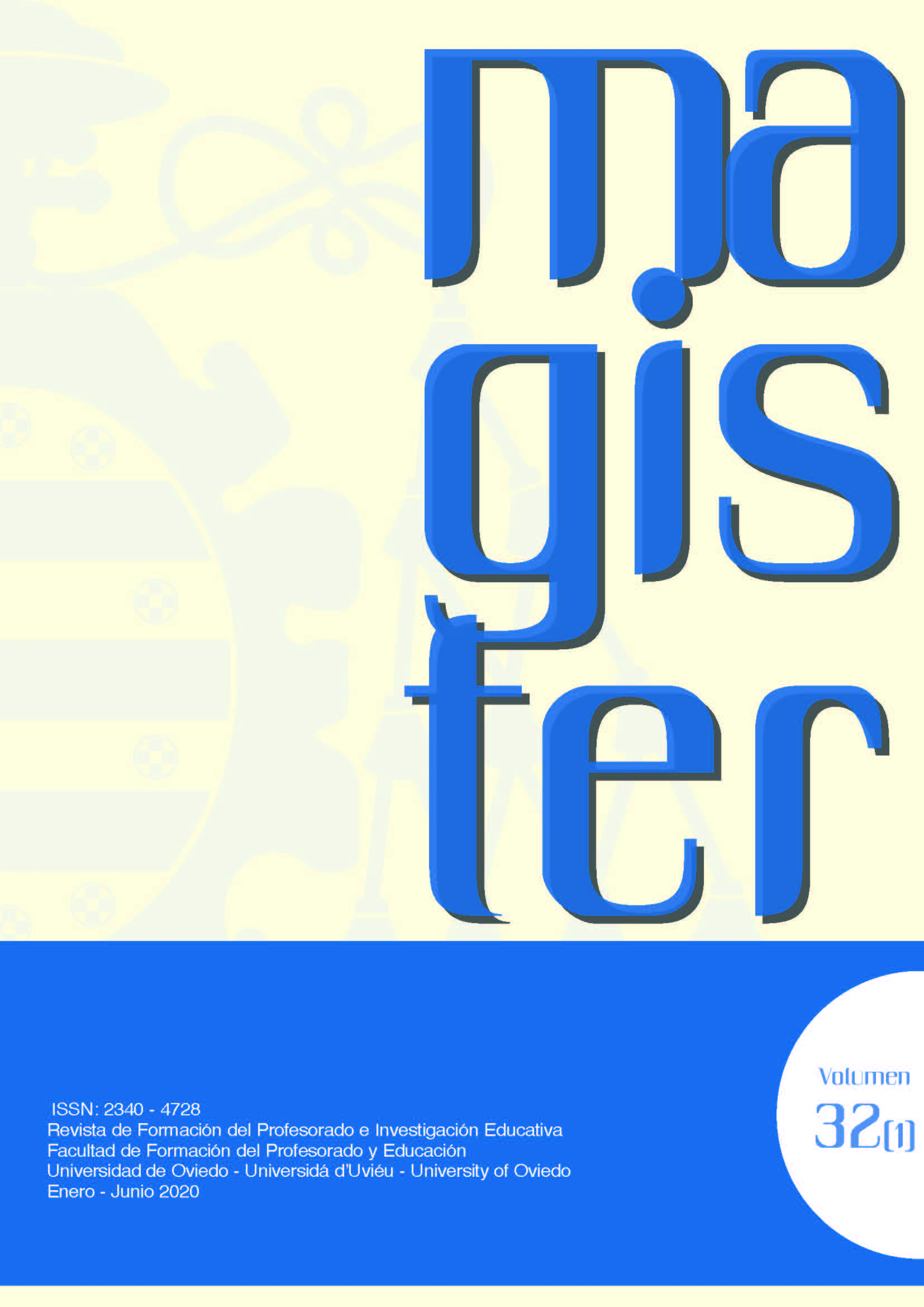Resumen
El sistema universitario español está basado en una docencia presencial. No obstante, a causa de la pandemia de la COVID-19, las aulas han sufrido un proceso de reconversión y se han visto obligadas a adaptar sus metodologías docentes a otras que garanticen una formación adecuada. El artículo presenta una descripción del contexto académico y las actividades llevadas a cabo para adaptar la docencia presencial del inglés en una docencia a distancia, con un análisis de las asignaturas de Inglés II (384 estudiantes) y de Inglés IV (218 estudiantes). La experiencia docente presentada muestra buenos resultados, con ejercicios más lúdicos, más interactivos y menos convencionales. Estos resultados se vinculan al carácter transversal de las asignaturas en los diferentes grados de la universidad, ya que estas actividades ayudan a generar una mayor motivación entre los estudiantes.Citas
Ardilla, M. E. y Bedoya, J. R. (2006). La inclusión de la plataforma de aprendizaje en línea Moodle en un curso de gramática contrastiva español-inglés. Íkala, 11(17), 181-205.
Arkorful, V. y Abaidoo, N. (2015). The role of e-learning, advantages and disadvantages of its adoption in higher education. International Journal of Instructional Technology and Distance Learning, 12(1), 29-42.
Cáceres, M. C. (2016). Diseño de un curso online de Inglés (nivel B2) (Tesis doctoral).
Crawford, J., Butler-Henderson, K., Rudolph, J., Malkawi, B., Glowatz, M., Burton, R., Magni, P. y Lam, S. (2020). COVID-19: 20 countries’ higher education intra-period digital pedagogy responses. Journal of Applied Learning and Teaching, 3(1), 1-20.
Delfín, B. (2007). Actitud de los estudiantes universitarios hacia el aprendizaje del inglés. REDHECS, 2(2), 1-35.
Garrison, D. R. y Kanuka, H. (2004). Blended learning: Uncovering its transformative potential in higher education. The internet and higher education, 7(2), 95-105.
Gilboy, M. B., Heinerichs, S. y Pazzaglia, G. (2015). Enhancing student engagement using the flipped classroom. Journal of nutrition education and behavior, 47(1), 109-114.
Gómez, I., Hernández, E. y Rico, M. (2009). Moodle en la enseñanza presencial y mixta del inglés en contextos universitarios. RIED, 12(1), 169-193.
Halbach, A., Lázaro, A. y Pérez, J. (2013). La lengua inglesa en la nueva universidad española del EEES: The role of the English language in postBologna Spanish universities. Ministerio de Educación.
Luque, G. (2011). Cómo explotar textos para trabajar la lectura en el aula de lengua extranjera (inglés). Ejercicios para fomentar la creatividad e imaginación. Porta Linguarum, 15, 233-245.
Polo, F. C., Aguayo, A. M., de la Fuente, M. C. y Rufián, E. C. (2012). En el camino del EEES: La competencia del inglés en los universitarios de empresa. Un análisis en la Universidad de Jaén. Educade: revista de educación en contabilidad, finanzas y administración de empresas, 3, 23-45.
Portillo, W. B. (2015). Una aproximación reflexiva al proceso de enseñanza y aprendizaje del inglés instrumental en la educación universitaria. Ensayos arbitrados, 2(3), 35-47.
Ramírez, A., Casillas, M. A. y Contreras, C. C. (2014). La incorporación de las TIC a la enseñanza universitaria de los idiomas. Debate Universitario, 5, 123138.
Rodríguez, M. C. y Urbano, A. (2019). La gamificación para el desarrollo de la competencia documental en el alumnado universitario. En J. A. Marín, G. Gómez, M. Ramos y M. N. Campos (Eds.), Inclusión, Tecnología y Sociedad: investigación e innovación en educación (pp. 762-770). Madrid: Dykinson.
Sharma, P. y Barrett, B. (2011). Blended learning: Using technology in and beyond the language classroom. Oxford: Macmillan.
Yamkate, K. y Intratat, C. (2012). Using Video Recordings to Facilitate Student Development of Oral Presentation Skills. Language Education in Asia, 3(21), 146-158.
Zhang, D. (2009). The Application of Blog in English Writing. Journal of Cambridge Studies, 4(1), 64-72.

